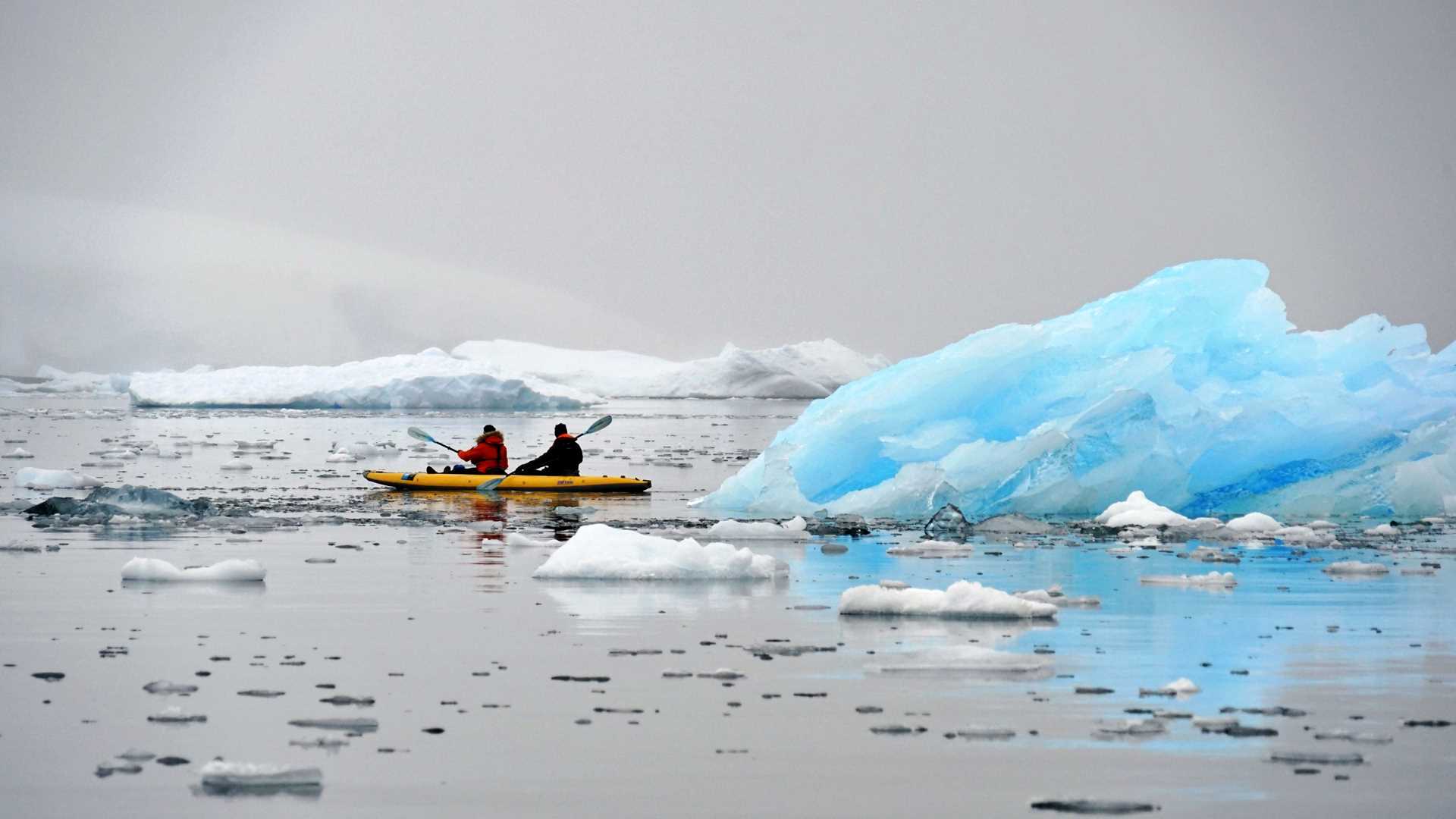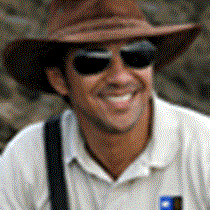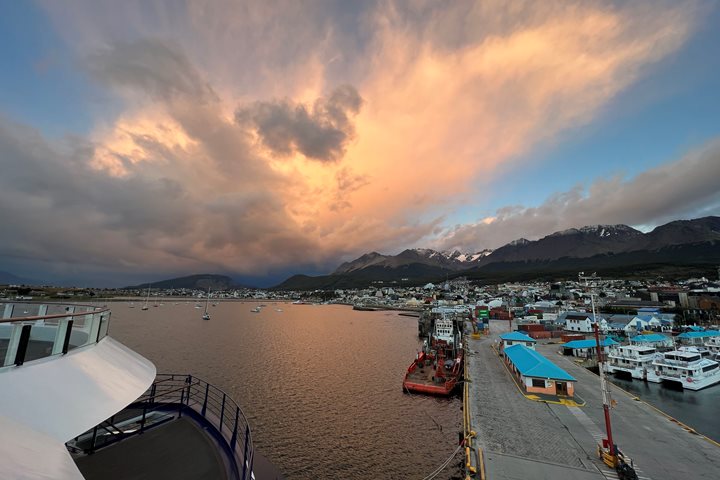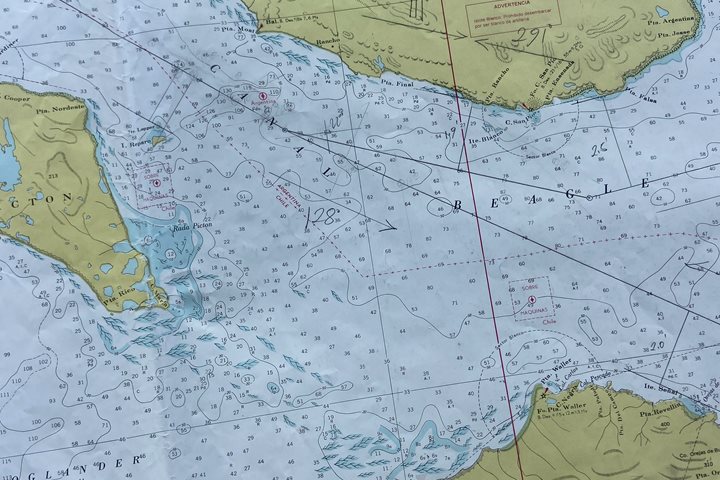Our day started with an early morning call to witness the transit through a location known as The Gullet. Over the decades of coming to Antarctica, there have been only a handful of times when Lindblad Expeditions-National Geographic ships have been granted a safe, ice-free passage through this mountainous, narrow channel—so this was a special opportunity for guests on board. Although the full view of the mountains was partly blocked by the snow and fog, these later elements only added character to the scenic route, creating a unique contrast to our photographs.
The Gullet is located north of a bay called Marguerite, which again, is often inaccessible due to the amount of sea ice normally found there. Just when we thought we were the only ones in the area, seals started to appear everywhere. There was even one making an acrobatic jump out of the water and onto the sea ice—worthy of the applause on the ship. We soon discovered the real reason for the jump was not our amusement, but apparently the sudden appearance of killer whales right behind the scared seal. As it is not the smartest in the animal kingdom, this crabeater seal did not know these killer whales were not the type that feed on seals; our onboard naturalists and marine specialists identified them as Type B2 killer whales, also known as “Little B.” Killer whales have been subdivided into five different ecotypes and Type B2 whales are known to consistently feed on fish and the occasional penguin.
As we navigated north, we had time to catch up with some presentations from the natural history staff; our acting historian on board, Eddie Shaw, gave us a profound look into the timeframe when Norwegian Roald Amundsen competed for the glory of reaching the South Pole against Robert Scott, whom he beat by only a few weeks, while Scott, regretfully, perished.
Our early afternoon was spent navigating to the Fish Islands. Again, this group of isolated islands is rarely visited by ships and offered perfect wind conditions for our desired afternoon activities. The kayak platform was quickly lowered and the “yellow vessels” started to float away, driven by their respective captains. Some others chose to be with the naturalists on Zodiacs, seeking knowledge and adventures through the ice and the array of wildlife associated with it.
As we are almost at the end of the Antarctic season, penguin colonies are getting “lighter” and not as abundant. Adults are leaving behind the fledglings, and molting adults are using all their energy to grow new “feather-suits” that will last them for another full year. Seals were abundant over the drifting sea ice. Large pieces were covered by a good number of cuddling crabeater seals, while the leopard seals drifted alone on their kingdom of ice.
It was a time of reflection for everyone. We were all in awe observing this almost monochromatic environment, where the full circle of life and death, success or failure, creation and dissolution, has more meaning than any other place on the planet.







